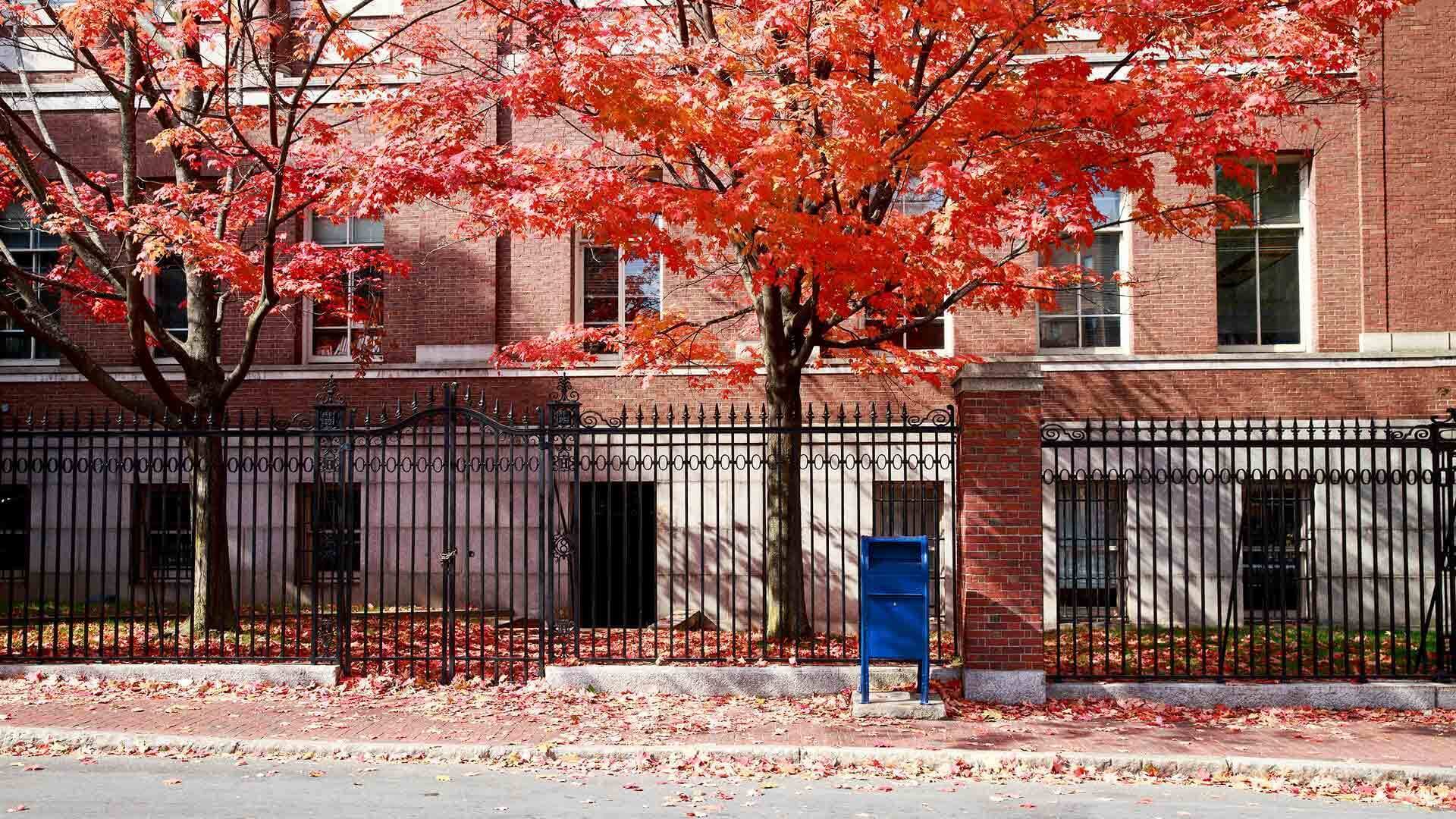It’s hard to overstate the environmental importance of trees, which among other functions pull climate change-inducing carbon from the atmosphere, clean the air of toxins and help control runoff.
While it can likewise be hard to quantify some of these effects, a new study by University of Maryland researchers helps clarify the role of urban trees in mitigating stormwater flows, and finds that even isolated trees lining a street or planted in a park may have a significant effect.
A study published yesterday in the journal Scientific Reports by Assistant Professor Mitch Pavao-Zuckerman and doctoral candidate Sara Ponte, both of the Department of Environmental Science and Technology, found that individually planted trees capture, store and release stormwater back into the atmosphere—a process called “transpiration”—at a rate three times that of trees in a forest. The study was conducted in partnership with the U.S. Forest Service and the nonprofit Center for Watershed Protection, with funding from the Chesapeake Bay Trust.
The publication explores how trees function in different urban contexts, from streets to small patches of forest—knowledge that can help support the management of green infrastructure, including the rising practice of tracking the environmental service provided by trees to calculate stormwater or other fees assessed by municipalities.
“Our data can help make tree-crediting policies better reflect the actual benefits of trees in urban landscapes, because they interact with water and their environment differently in cities than they do outside cities,” he said. “Our next step is to take this data set on how each tree functions and scale it up to see how an entire stand or patch of trees mitigates stormwater flows.”
Pavao Zuckerman’s team measured transpiration in three distinct urban settings: single trees over turfgrass and a cluster of trees over turfgrass in Montgomery County, and a closed canopy forest in Baltimore. They built and used sap flux sensors to obtain a clearer picture of how trees access groundwater, installing them in 18 mature red maple trees to continually monitor transpiration rates during the growing season. They also measured soil water content, air temperature, relative humidity and precipitation at each site.
“Quantifying the impacts of urban trees affect different parts of the water balance, such as the evapotranspiration component discussed in Mitch and Sarah’s paper, gives us a better understanding of the benefits of urban trees, and knowing where and how to plant and preserve them to achieve the greatest benefit.” said Deb Caraco, senior watershed engineer with the Center for Watershed Protection.
Pavao-Zuckerman said the findings can serve as guidelines for managers of urban stormwater runoff, and that the current method of relying on data gathered from non-urban locations to determine the effect of urban trees should be put to rest.

